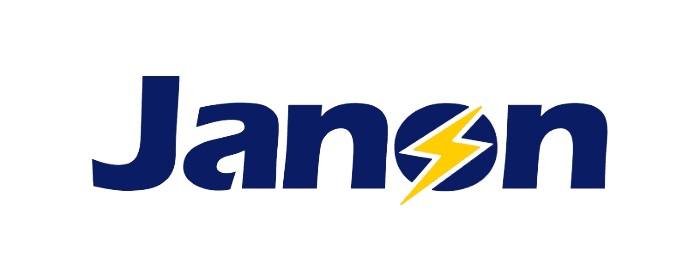The Complete Guide to iPhone 11 Battery Replacement in 2025
The Surprising Rise of the Xiaomi BN59 Battery: How One Power Pack Won Emerging Markets
When Xiaomi launched the Redmi Note 10 and Note 10S, few expected a single component—the BN59 battery—to fuel a thriving ecosystem of repair shops, wholesalers, and aftermarket factories across Africa, Southeast Asia, and Latin America. This 5000 mAh pack didn’t just power phones; it powered opportunity.
Why BN59 Became a Market Legend
- Survival power: In places with frequent blackouts, 5000 mAh means one more day of work, school, or mobile banking.
- Repair culture: The Note 10 series is relatively serviceable; technicians learned to swap BN59 packs in minutes.
- Affordability at scale: Mass production pushed prices down, making replacements accessible to budget users.
The Shadow Market of Fakes
Popularity invites counterfeits. Street stalls and online listings promise “6000–7000 mAh” BN59 packs that deliver far less. Some skip the protection IC entirely—raising risks of overheating, swelling, or device damage. The result: disappointed users and higher long-term costs.
Field-Tested Checks to Verify a BN59
- Weight test: genuine packs are typically 45–50 g; very light units are suspect.
- Open-circuit voltage: new packs read ~3.8 V after charge.
- Labels & codes: look for scannable QR/batch codes and consistent typography.
What BN59 Teaches About Global Demand
The BN59 is a case study in how affordable, repairable hardware shapes markets. It highlights energy inequality (big batteries as lifelines), right-to-repair in action (fast swaps keep phones alive), and the reach of global supply chains (a component made in Asia impacting livelihoods across three continents).
Explore certified capacity, safety-tested packs, and wholesale supply with documentation. Visit www.janonpowerbank.com.


